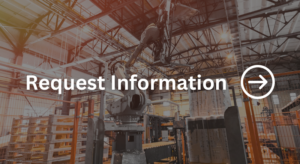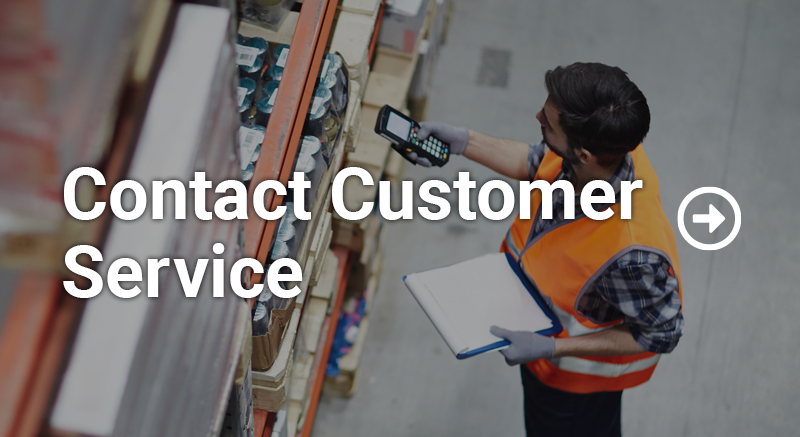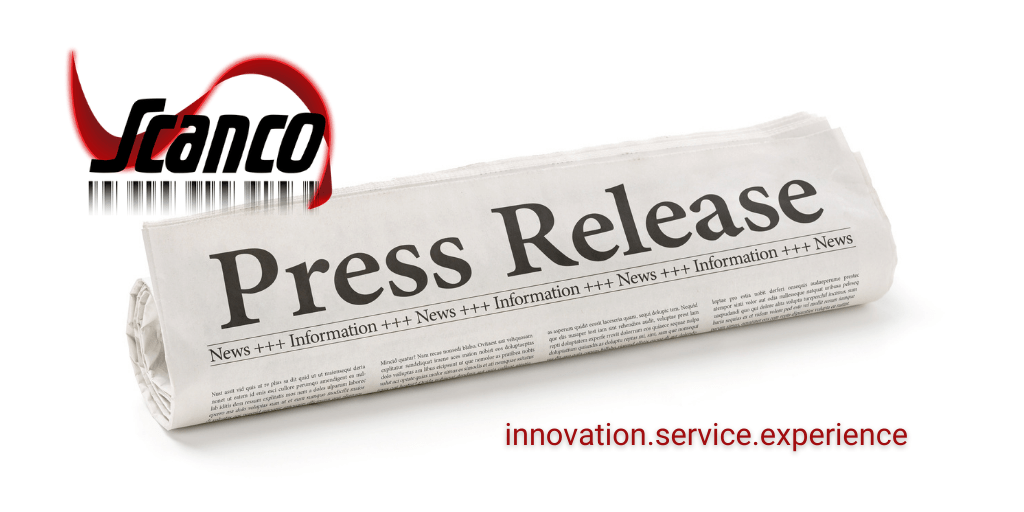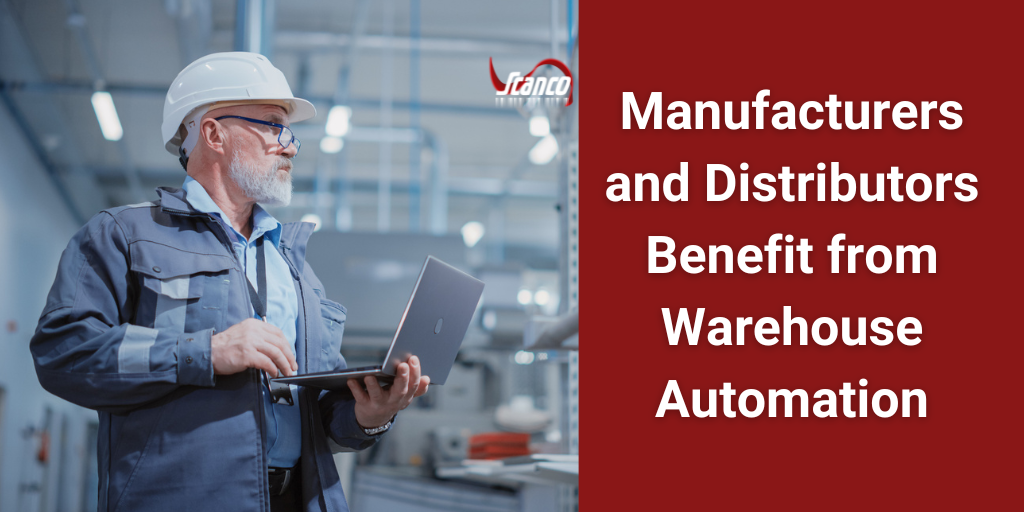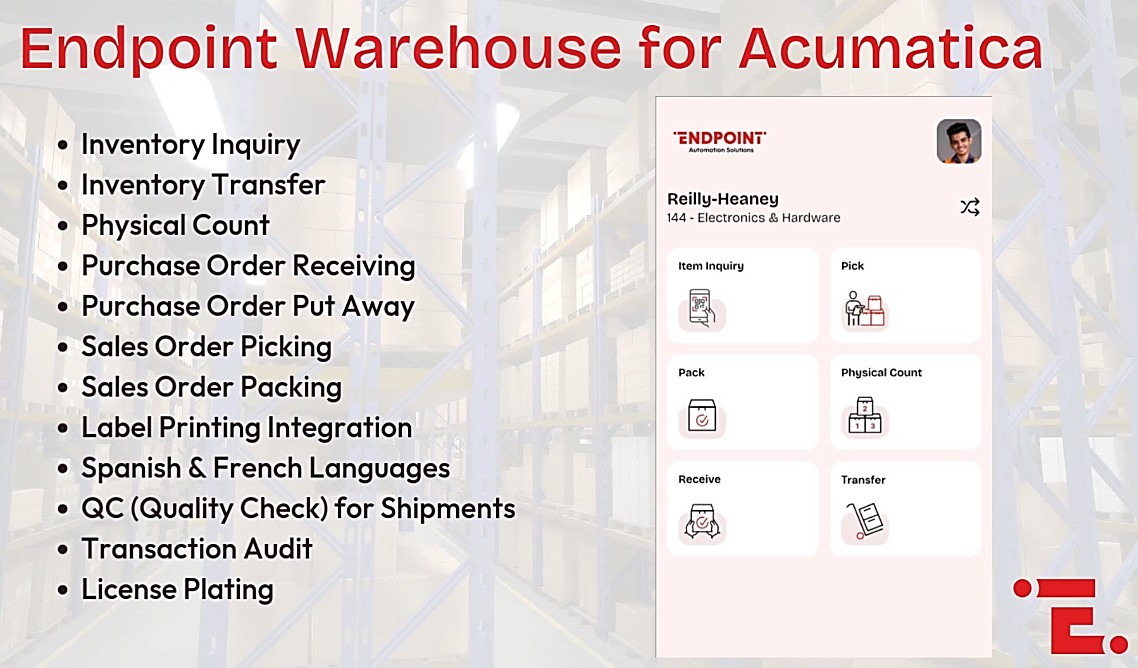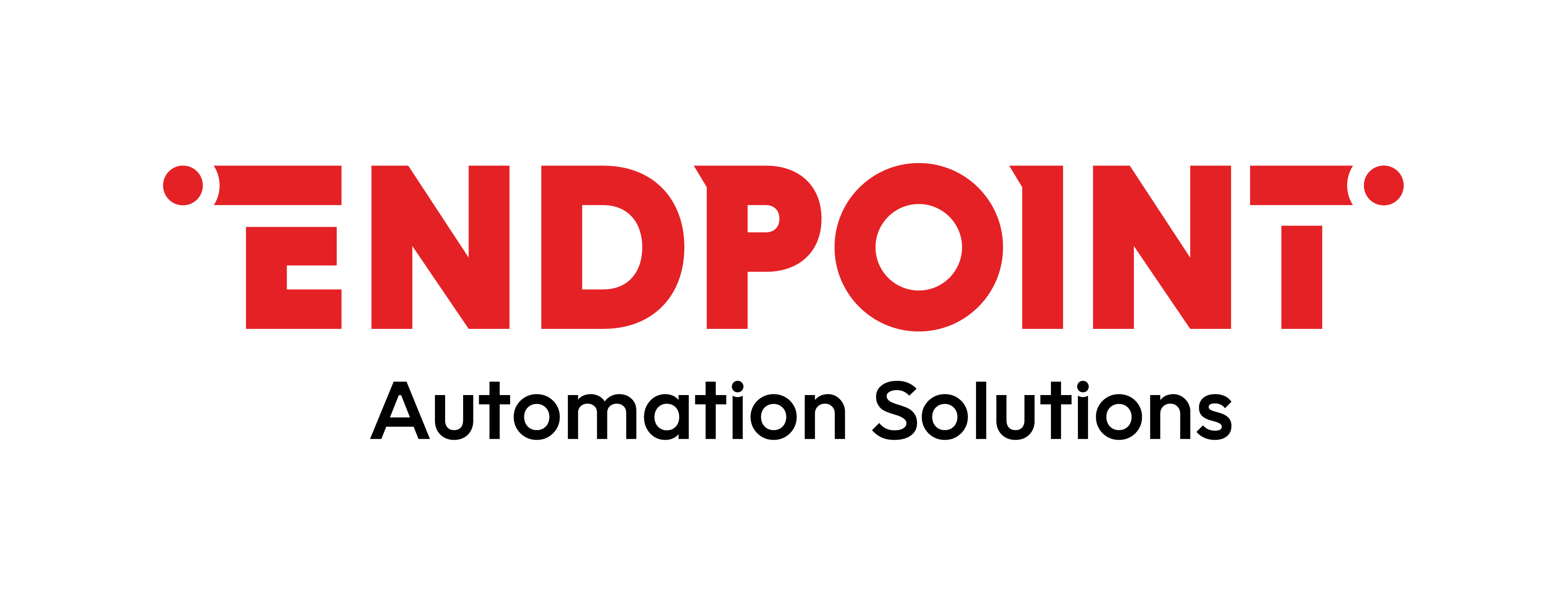March 5th 2025 10:26:27 AM
How to Lower Transaction Costs Before They Hurt Your Business
September 21st 2021 11:00:00 AM
 Transaction costs are the fees or expenses payable along with the actual cash price of purchasing a product. Would you be surprised to discover that you may spend the same amount in overhead for a $25 order as a $2,500 order? It’s true: your overhead—the amount you have to pay for rent, utilities, and labor—will be the same on a daily or hourly basis no matter what size order you run.
Transaction costs are the fees or expenses payable along with the actual cash price of purchasing a product. Would you be surprised to discover that you may spend the same amount in overhead for a $25 order as a $2,500 order? It’s true: your overhead—the amount you have to pay for rent, utilities, and labor—will be the same on a daily or hourly basis no matter what size order you run.
Always Account for Soft Costs
There are costs incurred in business that can’t necessarily be charged to a customer. If your company offers a complimentary consultation or free quote to new customers, the time these activities take can’t be billed to anyone. In a best-case scenario, a written quote may result in a sale about one-third of the time.
There is no way to know in advance which quotes will turn into sales. The labor costs for writing quotes will be similar whether someone turns from a browser into a customer.
Other soft costs in your business include ones associated with human resources, accounting, and senior management. They play key non-revenue-generating roles within the company; however, they are fixed costs that you are responsible for covering.
When an order comes in, it must be managed from the time it is received to the customer delivery date. Some project management costs may be billable to the order, while others may be included under the “soft costs” category.
Automation Key to Lowering Transaction Costs for Manufacturers
As a manufacturer, what specific steps can you take to reduce your transaction costs? Look to automation for the answer. When you have humans performing a process, it is time-consuming, and there is always the likelihood of errors in the mix. Automated workflows for preparing quotes, order entry, and billing are more efficient, free up your employees’ time for more engaging tasks, and lower the risk of human errors.
As tasks are automated, the entire operation becomes more streamlined. Raw materials can be re-ordered automatically once their levels fall below a certain point in the warehouse. This system helps to avoid stock-outs at times when the company has orders to fill.
New Technology Can Help Lower Transaction Costs for Construction Industry
The construction industry is a prime example where mitigating transaction overhead must be a priority. The costs of doing business are high due to the required investment in tools and equipment. New technology is one area where owners and managers can reduce transaction costs and potentially increase profits.
- Use software to assist with forecasting and planning.
Contractors understand the adage about measuring twice and cutting once. The same level of caution should be used when forecasting and budgeting for the future. It can be easy to count projects as “will happen” when realistically they should be placed on the “should happen” or “could happen” list. It is better to take a more disciplined approach to financial operations and scale-up orders for materials when necessary.
- Replace older vehicles and equipment with newer models.
Older models cost more to maintain than newer ones. Your equipment downtime records will indicate how much time was lost due to waiting for older equipment to be repaired. Running the numbers could show that it would be less expensive to buy some new vehicles and rent some heavy equipment as needed. You would have lower vehicle repair costs. Any equipment that is not being used regularly could be sold.
- Document all change orders carefully.
It is not uncommon for a customer to want to make changes once the work has started. These changes must be noted in detail, including any materials required (and their cost). The customer and a manager must also sign off on the changes before any additional work starts. This process also helps to ensure that the customer understands that changes to the scope of work may mean the contractor will need more time to complete the job.
General Tips for Reducing Transaction Costs in Your Business
These suggestions can help all types of companies reduce their transaction costs. Reducing these expenses should be a goal for all businesses.
- Establish good working relationships with suppliers.
An excellent way to reduce transaction costs in business is to have good relationships with your suppliers. These take time to develop. You will need to become a valued customer. This is someone who pays invoices on time and is always polite when contacting the supplier with questions or concerns. Once a good relationship is established with the supplier, you can review your contract to ask for preferred pricing and payment terms.
- Invest in cloud-based computer software.
A cloud-based system means that your company is not responsible for investing in any physical hardware. The cloud service provider is responsible for hiring trained personnel to maintain the servers.
Your employees always have access to the latest versions online without spending time or additional money on installations. The data is backed up in the cloud, which is a much more economical option than performing this task on-site.
Scanco has Solutions to Help Mitigate Your Transaction Costs
Scanco has multiple software solutions to help you control your transaction costs and run your business more efficiently. We have been assisting businesses of all sizes to increase efficiency and productivity. Our solutions are scalable, so they will grow as your business grows. We give your people the flexibility to do business anywhere with reliable mobile apps.
Let us get to know your business and find out how we can help you. Contact us today to connect with one of our friendly product experts for your consultation.
